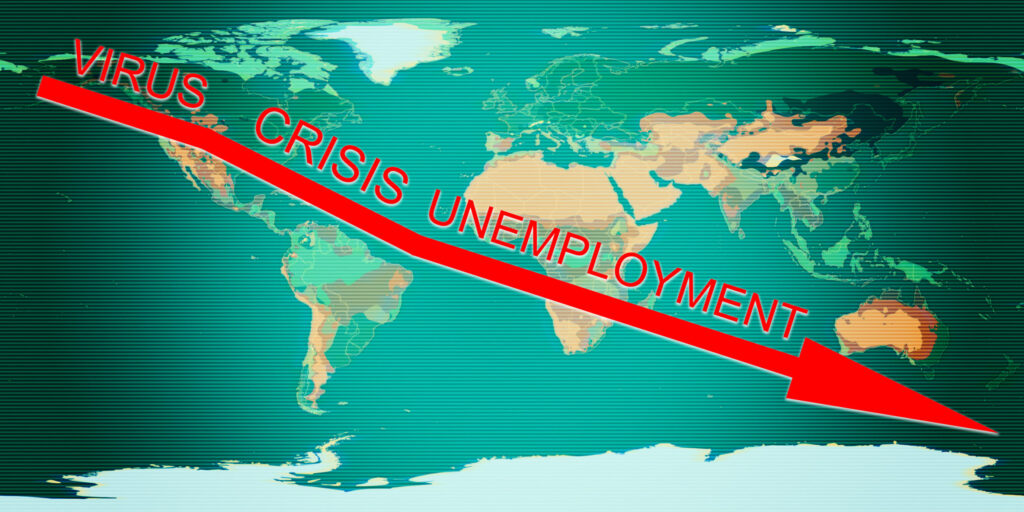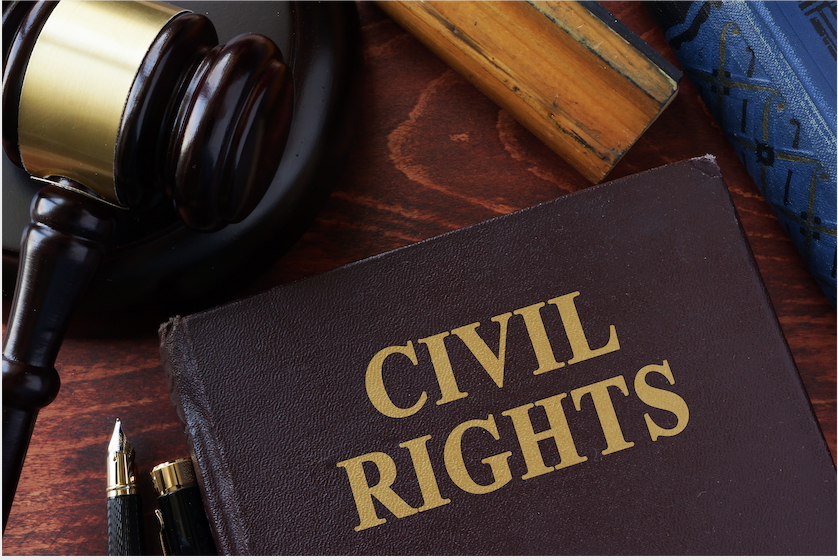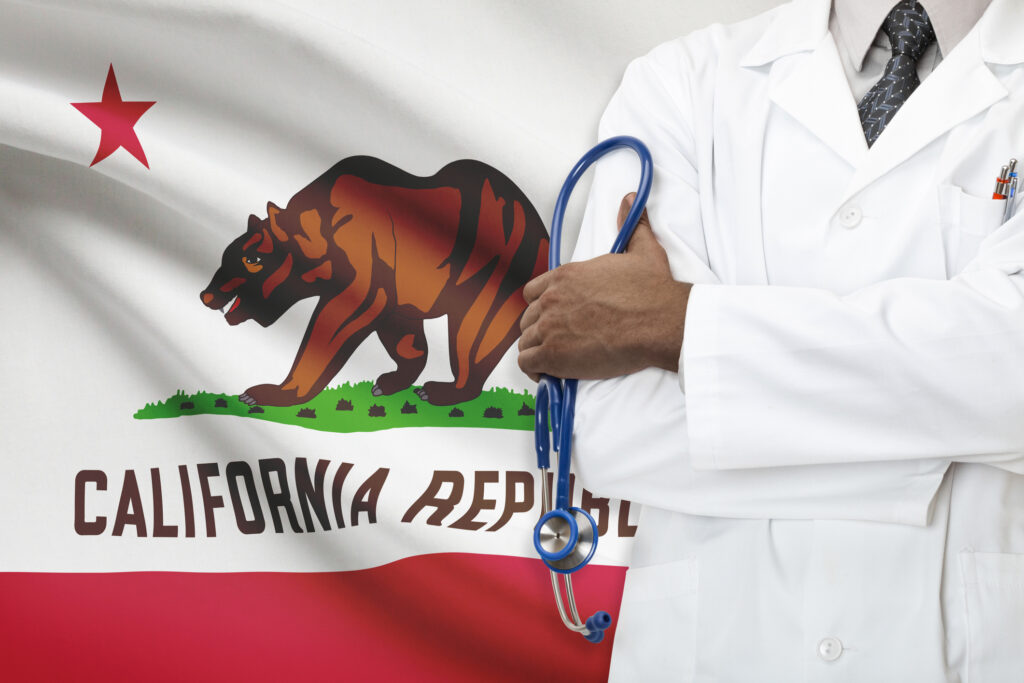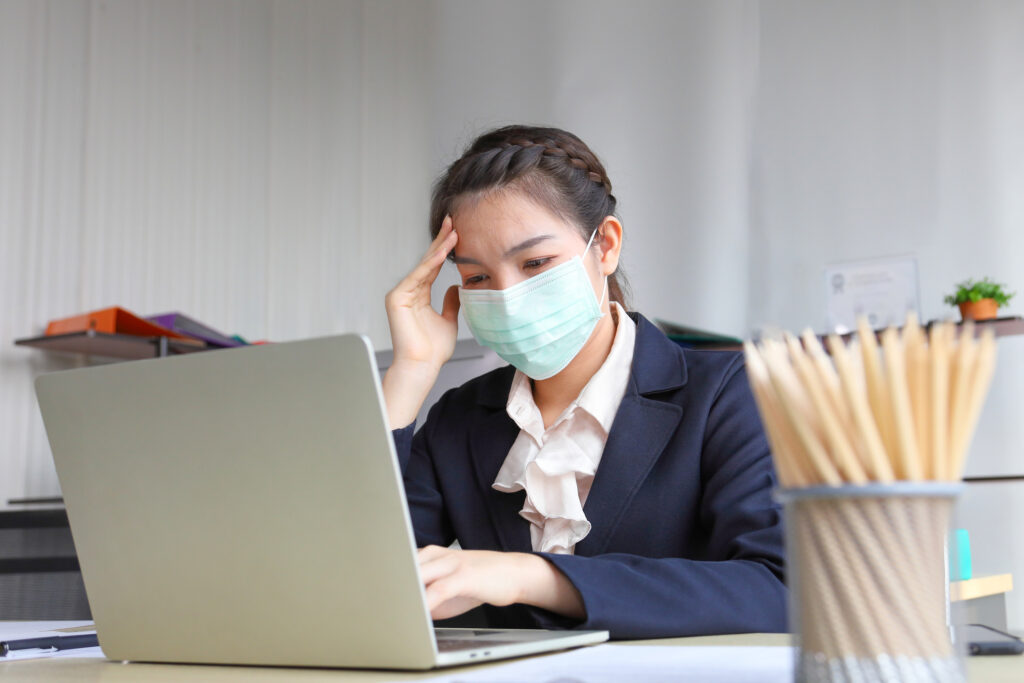Discrimination and retaliation in reducing workforce is unlawful
By Christopher Dolan and Emile Davis: The harsh reality of the COVID-19 pandemic, and the government shutdowns, is that businesses are not bringing in income that was once regular and expected. As a result, many employers will be forced to lay off or terminate hard working employees. Businesses do have the right to terminate or …
Discrimination and retaliation in reducing workforce is unlawful Read More »






